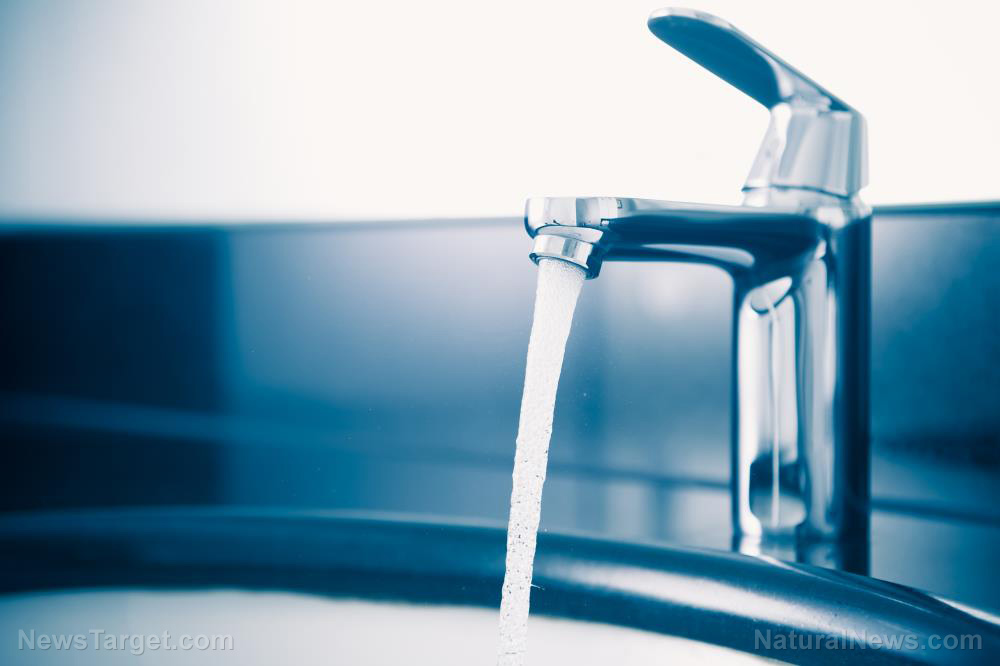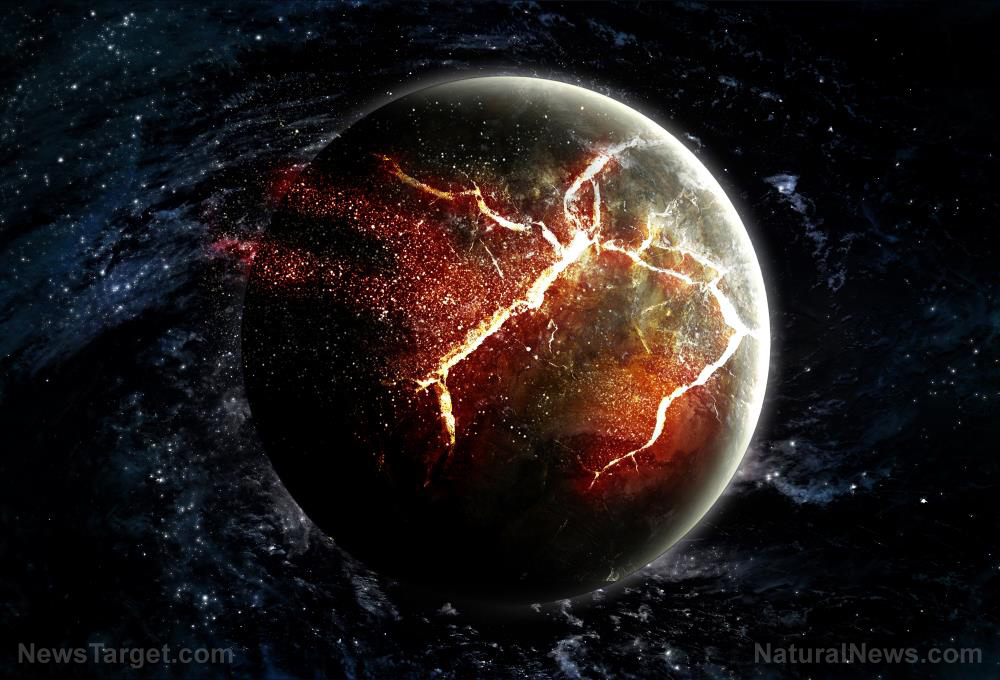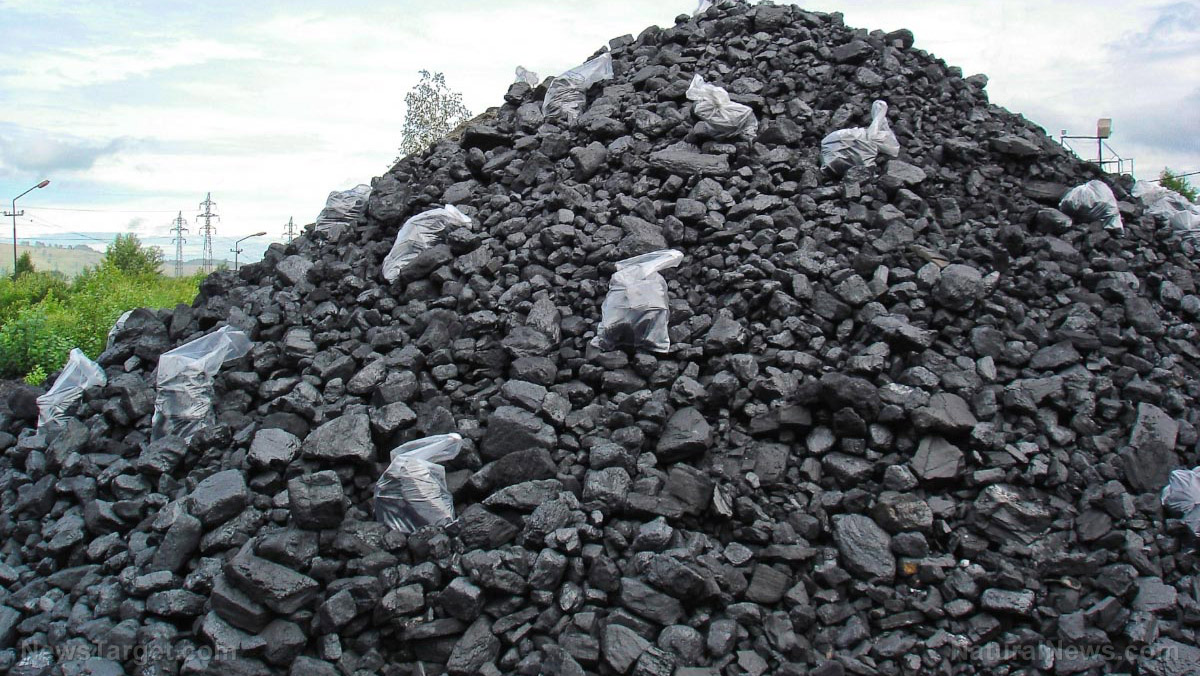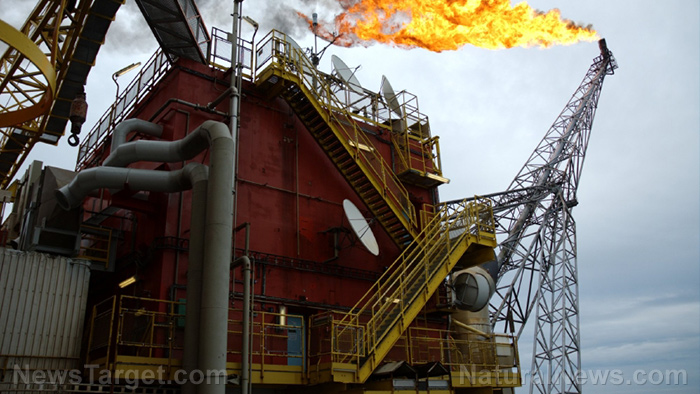 Parler
Parler Gab
Gab
California's reservoirs are below their historic averages
Demand for non-agriculture water is typically low in March, near the end of the state's rainy season. At times, it rains so much during this time that it makes up for the rest of the year. However, this isn't the case this year as California only got an inch of precipitation in March. (Related: California mega-drought worst in 1,200 years say scientists (and it's still getting worse.) Things have slightly improved with a series of April storms. However, the state's reservoirs are still below their historic averages. Two of the largest reservoirs in the U.S. are also at critically low levels. Lake Mead is about a third full while Lake Powell, is only a quarter full – its lowest level since it was first filled in the 1960s. These reservoirs depend on melted snow from the Sierra Nevada to replenish them during the dry summer months. The snowmelt runs downstream into the rivers, where it is then diverted through reservoirs, dams and pipes. However, the snowpack was only at 27 percent of its historic average as of April 1. State officials also said 20 percent of the wells they monitor are reporting all-time low water levels, with nearly half of them having less than 10 percent of their historic averages. State officials said they were assisting 687 households with no access to these wells through a small community drought relief program. Larger communities are also in danger. Lindsay, a city with 13,000 people in the Central Valley, is projected to run out of water by July 1, prompting federal officials to approve an additional allocation for the city, although they will only have enough water to last through February 2023. The dry conditions are also creating a longer wildfire season in the state due to the lack of moisture that keeps vegetation wet enough to resist carrying fire. With the snowpack low and melting earlier in the year, vegetation dries out faster, allowing the flames to sweep the forest. Visit Environ.news for more on the ongoing drought affecting California and nearby states. Watch the video below for more updates about the drought and how this is leading to longer-lasting "fire seasons." This video is from the zolnareport.com channel on Brighteon.com.More related stories:
Sierra snowpack falls to one of lowest levels in 72 years, perpetuating California drought.
Lake Tahoe’s water levels reach dangerous lows due to California drought.
With water running out, California faces grim summer of dangerous heat, extreme drought.
Despite record-breaking drought conditions, California officials are draining reservoirs.
California to cut water supply to cities and farmlands amid worsening drought.
Sources include: APNews.com AlJazeera.com Brighteon.comDiminished US refining capacity from facility closures contributing to soaring gas prices
By Belle Carter // Share
Governments continue to obscure COVID-19 vaccine data amid rising concerns over excess deaths
By patricklewis // Share
Tech giant Microsoft backs EXTINCTION with its support of carbon capture programs
By ramontomeydw // Share
Germany to resume arms exports to Israel despite repeated ceasefire violations
By isabelle // Share










